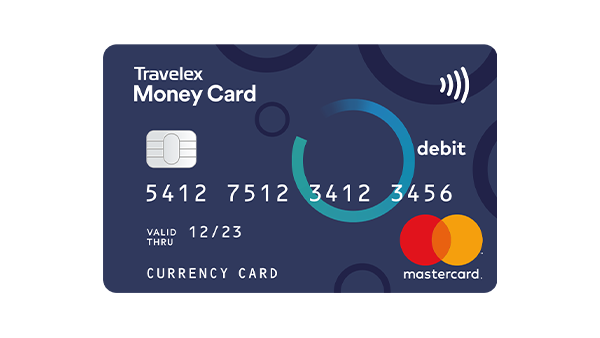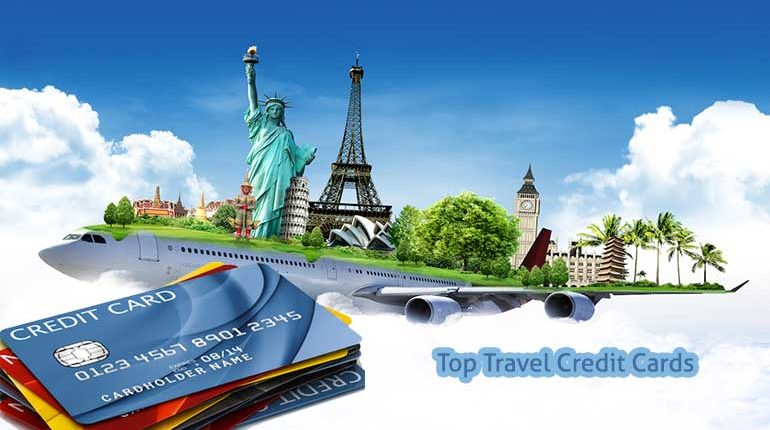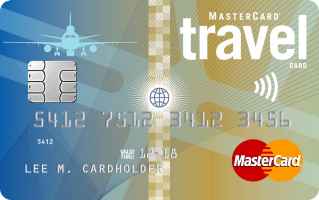The Ultimate Guide to Travel Cards: Everything You Need to Know
When it comes to traveling, one of the most important things to consider is how you’ll manage your money abroad. Carrying cash can be inconvenient and risky, especially in foreign countries. This is where travel cards come into play. These specialized cards are designed to make your travel experience smoother, safer, and more cost-effective. In this guide, we will cover everything you need to know about travel cards, from how they work to the benefits they offer.

What is a Travel Card?
A travel card is a prepaid debit card that can be used to make purchases or withdraw cash while traveling. Unlike traditional credit or debit cards, travel cards allow you to load money in various foreign currencies, helping you avoid the hassle of exchanging cash or dealing with high foreign transaction fees. These cards can be used anywhere that accepts debit or credit cards, including hotels, restaurants, and ATMs.
Travel cards come in various forms, such as physical plastic cards or digital versions that you can use on your mobile device. They’re accepted worldwide, making them a versatile and secure option for managing your finances during your trip.
Types of Travel Cards
There are several different types of travel cards, each offering unique features. Here are the most popular options:
1. Prepaid Travel Cards
Prepaid travel cards are one of the most common types. These cards allow you to load a specific amount of money onto the card before your trip. They can then be used to make payments or withdraw cash while traveling, with the added benefit of avoiding foreign transaction fees.
- Advantages: No need for a credit check, budgeting control, and the ability to lock in exchange rates in advance.
- Disadvantages: You may incur fees for loading the card or withdrawing cash from ATMs.
2. Multi-Currency Travel Cards
Multi-currency travel cards are a great option if you plan on traveling to several countries. These cards allow you to load multiple currencies at once, giving you the flexibility to pay in the local currency of each country you visit. Some cards also allow you to lock in exchange rates, which can help you avoid fluctuations in currency values.
- Advantages: Use in multiple countries without worrying about exchange rates, easy access to foreign currencies.
- Disadvantages: Limited to the currencies offered by the card provider.
3. Digital Travel Cards
With the rise of digital wallets, digital travel cards have become more popular. These cards are stored on your smartphone or device, allowing you to make purchases through services like Apple Pay, Google Pay, or Samsung Pay. They are a convenient option for travelers who don’t want to carry physical cards.
- Advantages: Convenient and easy to use, no need to carry physical cards, and can be easily linked to your mobile wallet.
- Disadvantages: Requires a smartphone and internet connection to use.

Why You Should Use a Travel Card
1. Avoid Foreign Transaction Fees
One of the main benefits of using a travel card is the ability to avoid high foreign transaction fees that are often associated with using regular credit or debit cards abroad. Many credit cards charge up to 3% on every transaction made in a foreign currency, but with a travel card, these fees are typically eliminated, saving you money.
2. Lock in Exchange Rates
Currency exchange rates can fluctuate, making it difficult to predict how much your purchases will cost when you travel. With a travel card, you can load money onto the card in your destination’s currency before you even leave, effectively locking in the exchange rate. This provides stability and helps you budget more effectively during your trip.
3. Enhanced Security
Traveling with large amounts of cash can be risky. Travel cards offer a safer alternative. If your card is lost or stolen, it can be easily reported and replaced, and your funds will typically be protected. Many travel cards also come with chip technology and PIN protection for added security.
4. Convenience and Flexibility
Whether you’re purchasing items in a local store, booking accommodations, or withdrawing cash from an ATM, travel cards offer the convenience and flexibility of a credit or debit card without the extra fees. You can use them in various ways, making them suitable for a wide range of travel needs.
How to Choose the Best Travel Card
1. Check the Fees
While travel cards offer many benefits, it’s important to compare the fees before choosing one. Some cards charge fees for loading funds, ATM withdrawals, or even inactivity. Look for a card with minimal fees to maximize your savings.
2. Consider the Exchange Rates
The exchange rates offered by travel cards can vary depending on the provider. Some cards may offer better exchange rates than others, which can make a big difference, especially if you’re traveling to multiple destinations.
3. Look for Global Acceptance
Make sure the travel card you choose is accepted in the countries you plan to visit. Most major travel cards are widely accepted, but it’s always a good idea to double-check to ensure you won’t face any issues while using your card abroad.
4. Customer Support
Good customer service is essential, especially if you encounter any issues with your card while traveling. Look for a travel card provider that offers 24/7 support in case you need assistance with your card.
5. Security Features
Choose a card that offers robust security features such as PIN protection, chip technology, and the ability to lock or block your card if it is lost or stolen.
Tips for Using Your Travel Card
1. Keep Track of Your Balance
It’s essential to monitor your travel card balance throughout your trip to avoid running out of funds. Many travel cards come with mobile apps or online portals where you can check your balance and transactions in real-time.
2. Notify the Card Provider of Your Travel Plans
To avoid having your travel card blocked for suspicious activity, make sure to notify your card provider about your travel dates and destinations. This will prevent any issues when using the card abroad.
3. Carry a Backup Card
While travel cards are secure, it’s still a good idea to carry a backup credit or debit card, just in case your travel card is lost or stolen. This will ensure you have access to funds if something goes wrong.

FAQs About Travel Cards
1. Are travel cards accepted everywhere?
Most travel cards are widely accepted, but it’s always a good idea to check whether the card you choose is accepted in your destination country. Popular providers like MasterCard and Visa are accepted globally.
2. Can I use a travel card to withdraw cash?
Yes, most travel cards allow you to withdraw cash from ATMs, but be aware of any withdrawal fees or limits imposed by the card provider.
3. Do I need a credit check to get a travel card?
No, travel cards are prepaid, meaning you load them with funds before you use them. There’s no need for a credit check.
4. What happens if I lose my travel card?
If you lose your travel card, contact the card provider immediately to report the loss. Most companies will block the card and issue a replacement to protect your funds.
Conclusion
A travel card is an essential tool for any traveler looking to make their trips more affordable, secure, and convenient. With the ability to avoid foreign transaction fees, lock in exchange rates, and enjoy enhanced security, these cards are a game-changer. Whether you’re planning a weekend getaway or a long-term adventure, a travel card can provide peace of mind and help you manage your finances with ease.
So, before your next trip, make sure to explore your options and find the best travel card for your needs. Happy travels!

